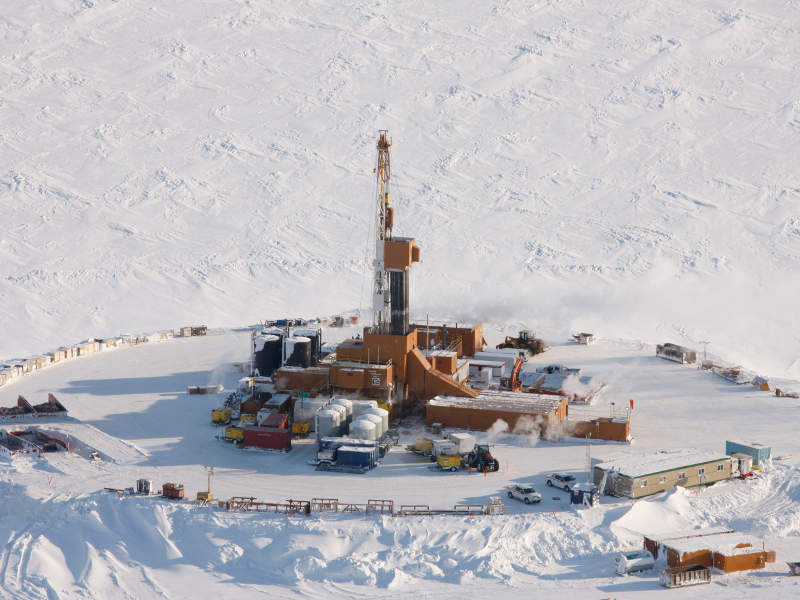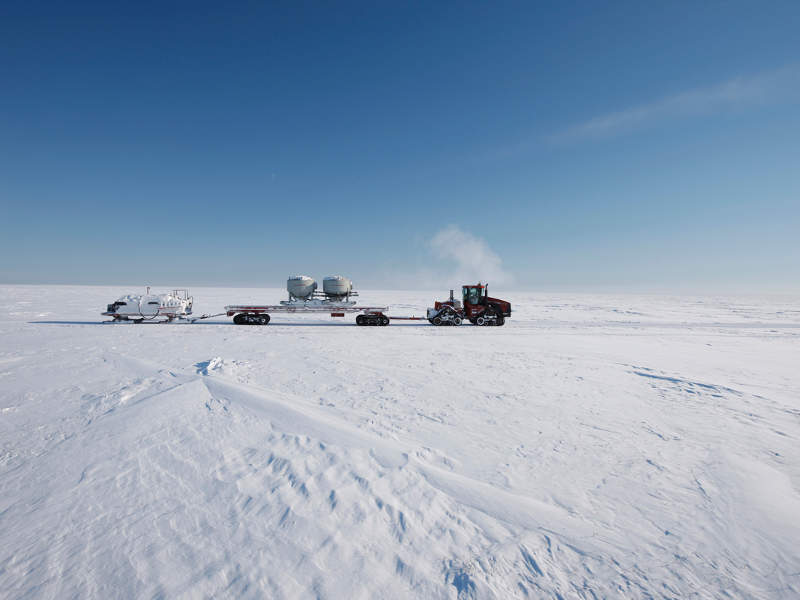
Smith Bay is a shallow oil play spread over 117,000 acres, located 150 miles (241.4km) west of the Prudhoe Bay in the North Slope, Alaska, US.
The development includes 26 highly prospective leases and has been touted as one of the world’s biggest oil discoveries.
Caelus Energy’s subsidiary Caelus Energy Alaska is the operator of the development and holds 75% working interest, while the remaining stake is held by NordAq Energy, (17.5%) and L71 Resources (7.5%).
Caelus plans to further explore the potential of the development and is currently studying the facilities needed to produce and transport oil from the area.
The development in the North Slope is expected to generate more than 2,000 construction jobs at peak.
Smith Bay project reserves
Smith Bay is estimated to hold between six and ten billion barrels of oil in place, including between 1.8 and 2.4 billion barrels of recoverable reserves.
The light oil play has API gravity from 40° to 45°, and the development has the potential to hold additional reserves.
Further drilling and seismic studies will help in the delineation of undrilled prospects and fan complexes in order to estimate the upward potential.
Appraisal activities on the North Slope discovery
Caelus has drilled two exploration wells after farming into the development in May 2015.
The Caelus-Tulimaniq #1 (CT-1) and step-out Caelus-Tulimaniq #2 (CT-2) wells were drilled based on 126mi² (326.3km²) of 3D seismic data.
CT-1 and CT-2 were both drilled by the Doyon Arctic Fox rig, and targeted a large Brookian submarine fan complex covering 300mi² (777km²) of the Smith Bay development.
An extension of the structure was also discovered roughly 5.25 miles (8.44km) northwest of the CT-1 discovery.
Each well encountered more than 1,000ft of hydrocarbon columns, with CT-1 logging 183ft of net pay and CT-2 logging 223ft of net pay.
Sidewall coring and lab analysis of the samples recovered from the wells confirmed the presence of reservoir-quality sandstones holding light oil.
Smith Bay project development
Caelus plans to drill a new appraisal well as part of an appraisal programme and also carry out a new 3D seismic survey over the entire acreage of the Smith Bay development.
The programme will enable Caelus to ascertain the reservoir continuity at the development and identify additional drilling sites. It will also help Caelus to estimate the potential upside reserves.
Caelus is simultaneously carrying out studies to determine the facilities required for processing and transporting the oil recovered.
Smith Bay is located in shallow waters, and therefore recovery of oil is expected to be relatively simple compared to the existing developments in the area.
Transportation of Smith Bay oil
Oil recovered from Smith Bay is planned to be transported to the Trans Alaska Pipeline System (TAPS) via a 150-mile (241.4km) pipeline. The development is expected to transport 200,000 barrels of oil a day to TAPS.
It will help in increasing the throughput of the pipeline system by 40% and extend its long-term viability by reducing the viscosity of the oil transported.
Oil and gas development in Alaska
The oil industry is one of the largest industries in Alaska and accounts for around half of the state’s economy.
The Prudhoe Bay oil field is the biggest discovery in the region, although production from the field has slowly declined over the years.
The Smith Bay development and other similar prospects are expected to boost Alaska’s oil reserves and offset the recent decline in production.






